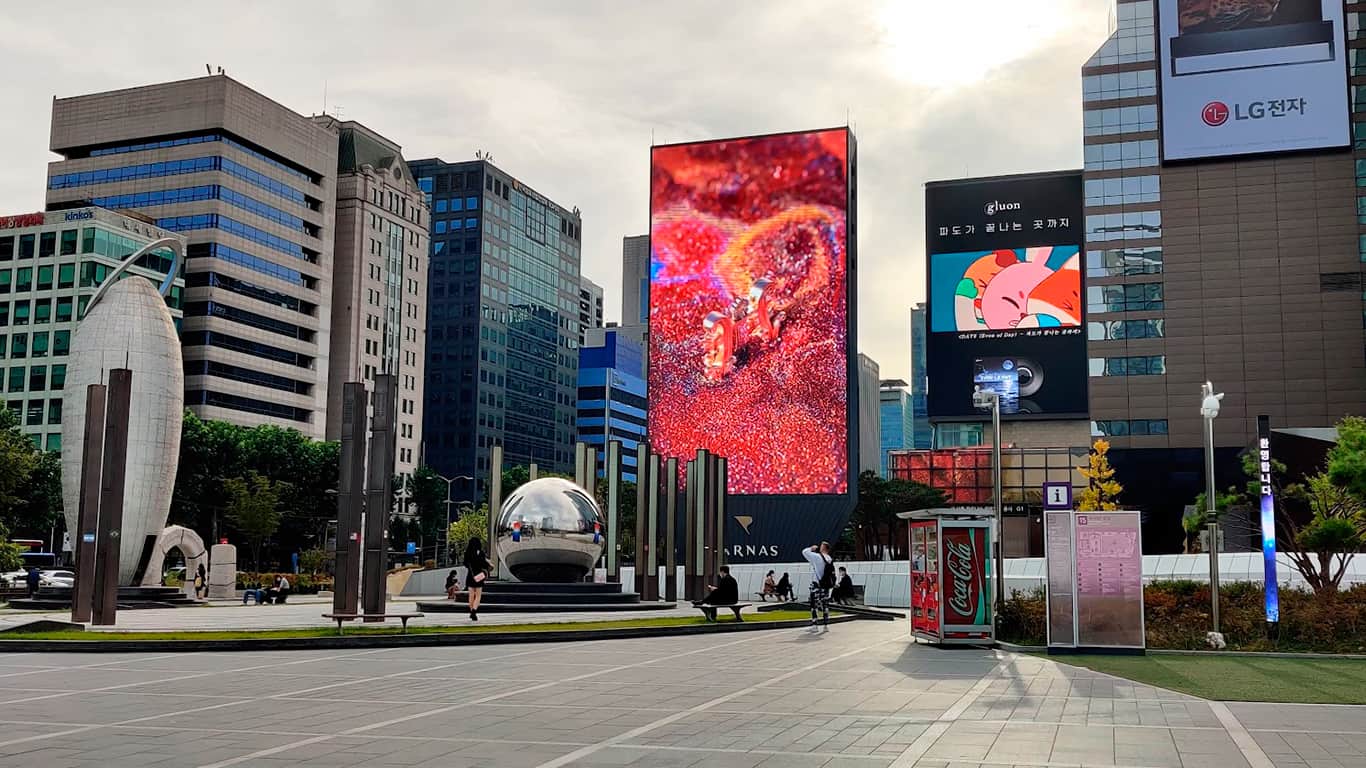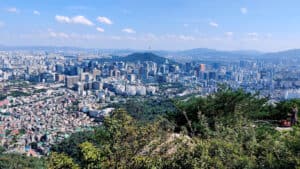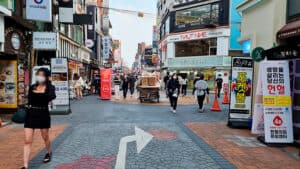One of the words that you’ll hear the most and use the most when you’re traveling around South Korea, purchasing things, going to restaurants, etc., is “thank you”.
Thank you is said after almost every interaction you’ll have with employees in shops, restaurants, and other services. Almost always, both you and the employee will say thank you to each other before saying goodbye.
Recommended Read: How To Get From Seoul to Busan
There are two main ways to say thank you in Korean – gamsahamnida (감사합니다), the formal thank you, and gomawo (고마워), the informal thank you. When you’re talking to someone you do not know on a personal level, like an employee in a store, a waiter, a stranger on the street, etc., you use the formal gamsahamnida (감사합니다).
Table of contents
How do you say thank you in Korean?
Knowing how to say thank you in Korean is essential for everyday life in South Korea, even if you do not speak any Korean at all.
Not everyone in South Korea speaks a lot of English, so knowing just a bit of Korean goes a long way.
Whenever you purchase something in a store, you pay for your bill at a restaurant, or you’ve received any other service, you usually say thank you, and the employee does the same to you.
There are two ways to say thank you in Korean, but you will only use one of them when interacting with someone who isn’t your close friend.
The first way to say thank you in Korean is gamsahamnida (감사합니다), which is the formal way of saying thank you. You’ll use this when saying thank you to someone in a store, restaurant, etc., but also to someone that you do not know well as well as when you’re in a formal environment, like talking to your boss, etc. When you’re out and about in South Korea, use this type of thank you to employees and other people you interact with.
The second way to say thank you in Korean is gomawo (고마워), which is the informal way of saying thank you. You use this type of thank you when speaking casually to your close friends or family. If you were to use this type of thank you to someone you aren’t close with or to an employee at a store, etc., they would be a bit confused, and some might be a bit offended, as it might be seen as impolite not to be formal.
There are technically more ways to say thank you in Korean using the two words above, but those require a higher level of Korean language skills.
During the times that I have been in South Korea, I ended up saying thank you many times each day, so it was great knowing how to say it in Korean and knowing when they said it to me.
That’s how to say thank you in Korean and when you’ll use it!
Have any input or suggestions for this guide? Let us know in the comment section below.




